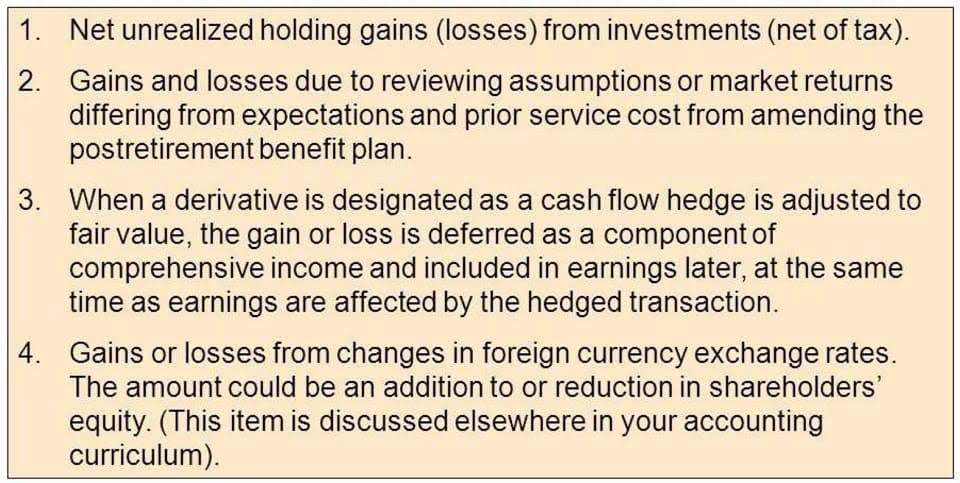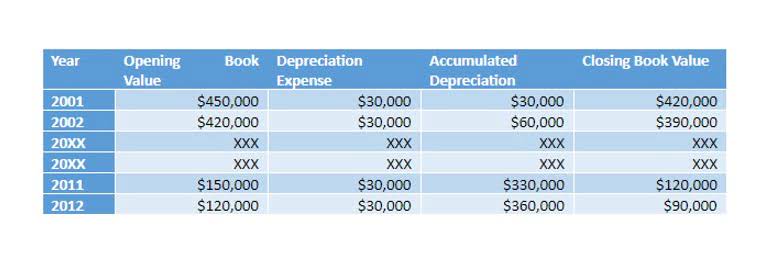
Notícias
Accounting Records: Definition, What They Include, and Types

Software does all that these days so you don’t have to worry about the confusing lingo. Double-entry accounting is a system where every financial transaction is recorded in at least two accounts. To account for this deferred revenue they’d need to include an adjusting journal entry each month of one third of the revenue it will invoice for. Maintaining accounting records ensures you prepare financial statements that are accurate and up-to-date. Accounting records are specific accounting documents that detail business income and expense transactions. The records are part of an accounting system that measures cash flow and different types of expenses.
How do I fill out a journal entry?
You might find early on that your system needs to be tweaked to accommodate your accounting habits. Shaun Conrad is a Certified Public Accountant and CPA exam expert with a passion for teaching. After almost a decade of experience in public accounting, he created MyAccountingCourse.com to help people learn accounting & finance, pass the CPA exam, and start their career. Every transaction affects at least two of these components, ensuring that the equation stays balanced. For the past 52 years, Harold Averkamp (CPA, MBA) hasworked as an accounting supervisor, manager, consultant, university instructor, and innovator in teaching accounting online.
Recording accounting transactions without losing your mind
Now that these transactions are recorded in their journals, they must be posted to the T-accounts or ledger accounts in the next step of the accounting cycle. Unlike the journal, ledgers are investigated by auditors, so they must always be balanced at the end bookkeeping of the fiscal year. If the total debits are more than the total credits, it’s called a debit balance. If the total credits outweigh the total debits, there is a credit balance.

Compound Journal Entries
All of these types of accounting transactions would be journalized to create accurate financial statements. Journalizing transactions is the crucial first step in the accounting cycle. Journal entries serve as the building blocks for your financial records, so it’s important to stay on top of them. All your business transactions, including payments from clients and purchases you make for your business, are journalized.
What you’ll learn to do: Account for business transactions using double-entry bookkeeping

They provide insight into your company’s performance over time, revealing the areas you need to improve on. The three major financial reports that every business must know and understand are the cash flow statement, balance sheet, and income statement. The summarizing phase of the accounting cycle involves preparing financial statements such as the balance sheet, income statement, and cash flow statement. These statements provide a summary of an organization’s financial transactions for a specific period.
Common Journal Entry Questions
These functions are closely related to the four phases of accounting. By Bookstime following these four phases, businesses can ensure that their financial records are accurate and up-to-date. This can help them make informed decisions about their operations, investments, and future growth. The accounting cycle helps businesses comply with accounting standards, such as Generally Accepted Accounting Principles (GAAP) and International Financial Reporting Standards (IFRS).
It serves as the starting point for the process of documenting corporate transactions. Keep reading to learn about the different types of accounting records and to see some examples. This is the act of tracking and reporting income and expenses related to your company’s taxes.
Bookkeeping – Definition, Importance, Types & Methods
At different points in the economic or business cycle, parties demanding accounting records will alter their request for information based on the position in a cycle. For instance, at the start of an upswing in a business cycle, requests for financial statements might be strong, as equity investors are bullish. In contrast, during a recording in accounting dip in a business cycle, creditors might require more details surrounding balance sheet items, as they become more hesitant to extend credit. Accounting records are all of the documentation and books involved in the preparation of financial statements or records relevant to audits and financial reviews.

- As we go through technological advancements in the 21st century, financial clarity becomes more important than ever.
- However, plenty of resources—online tutorials, templates, and beginner-friendly software like QuickBooks or Xero—can simplify the learning curve.
- The accounting cycle is a systematic and logical process that enables accountants to produce accurate financial statements.
- Traditional journal entry format dictates that debited accounts are listed before credited accounts.
- In cash-based, you recognize revenue when you receive cash into your business.
Again, accounting software streamlines this because it automatically copies the numbers from your bank account, which reduces the risk of transcription errors. It then prompts you to reconcile transactions – showing matches between bank transactions and accounting entries so you can confirm everything’s present and correct. Once you’ve checked your debit and credit entries are equal, post them as general ledger entries. Before finalizing, run any final checks to make sure the debit and credit amounts balance, and your ledger accounts are accurate.
